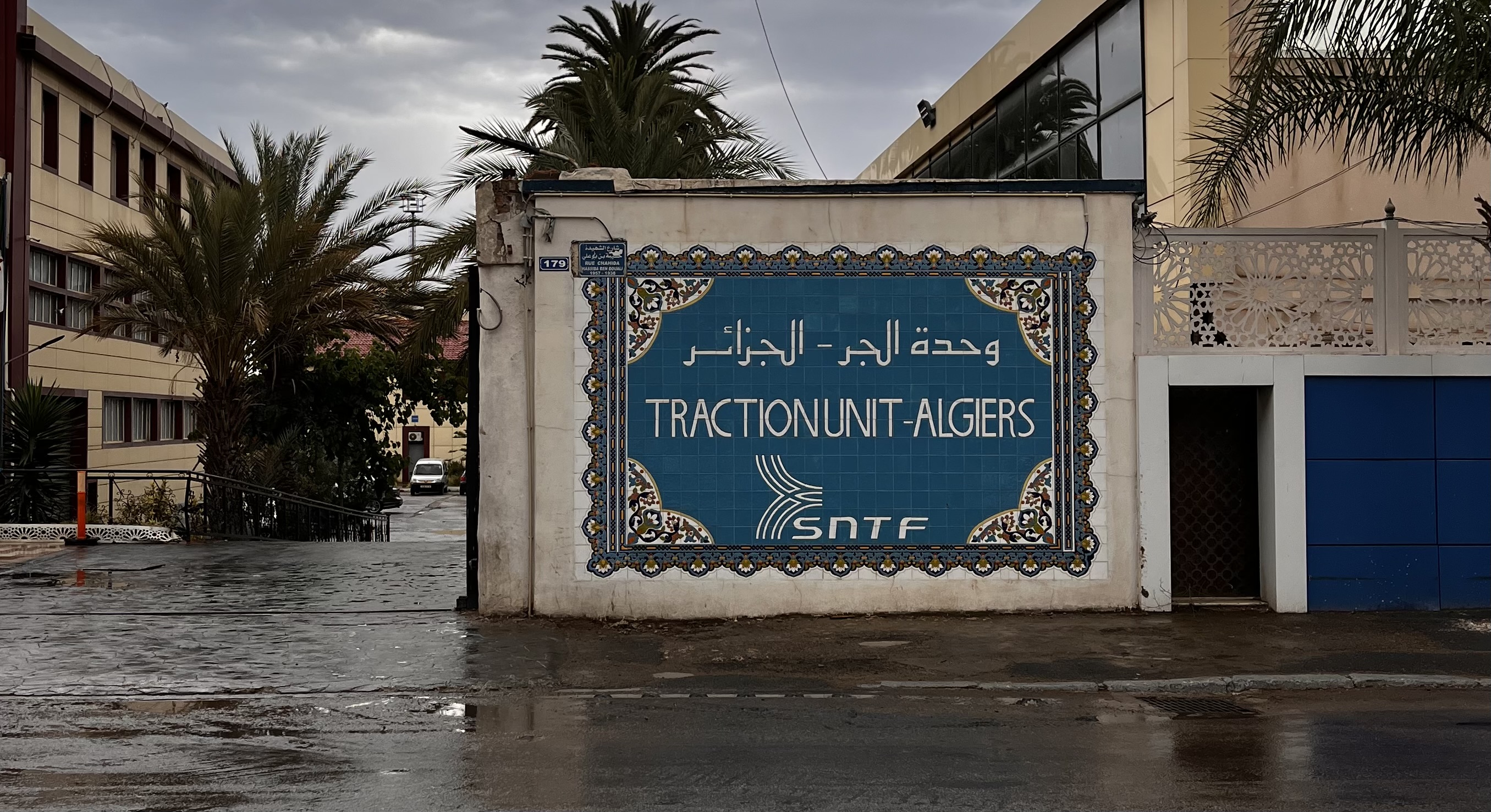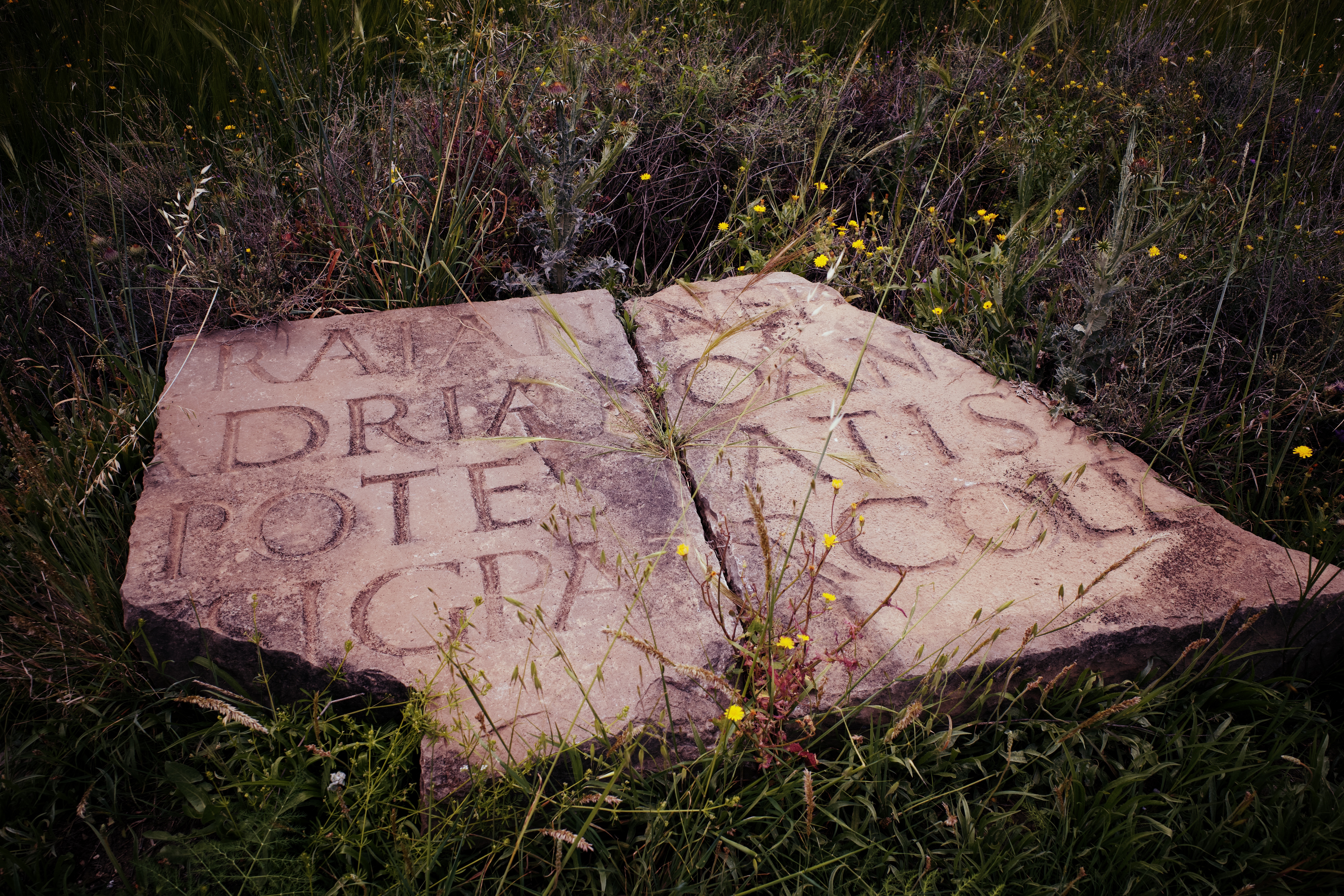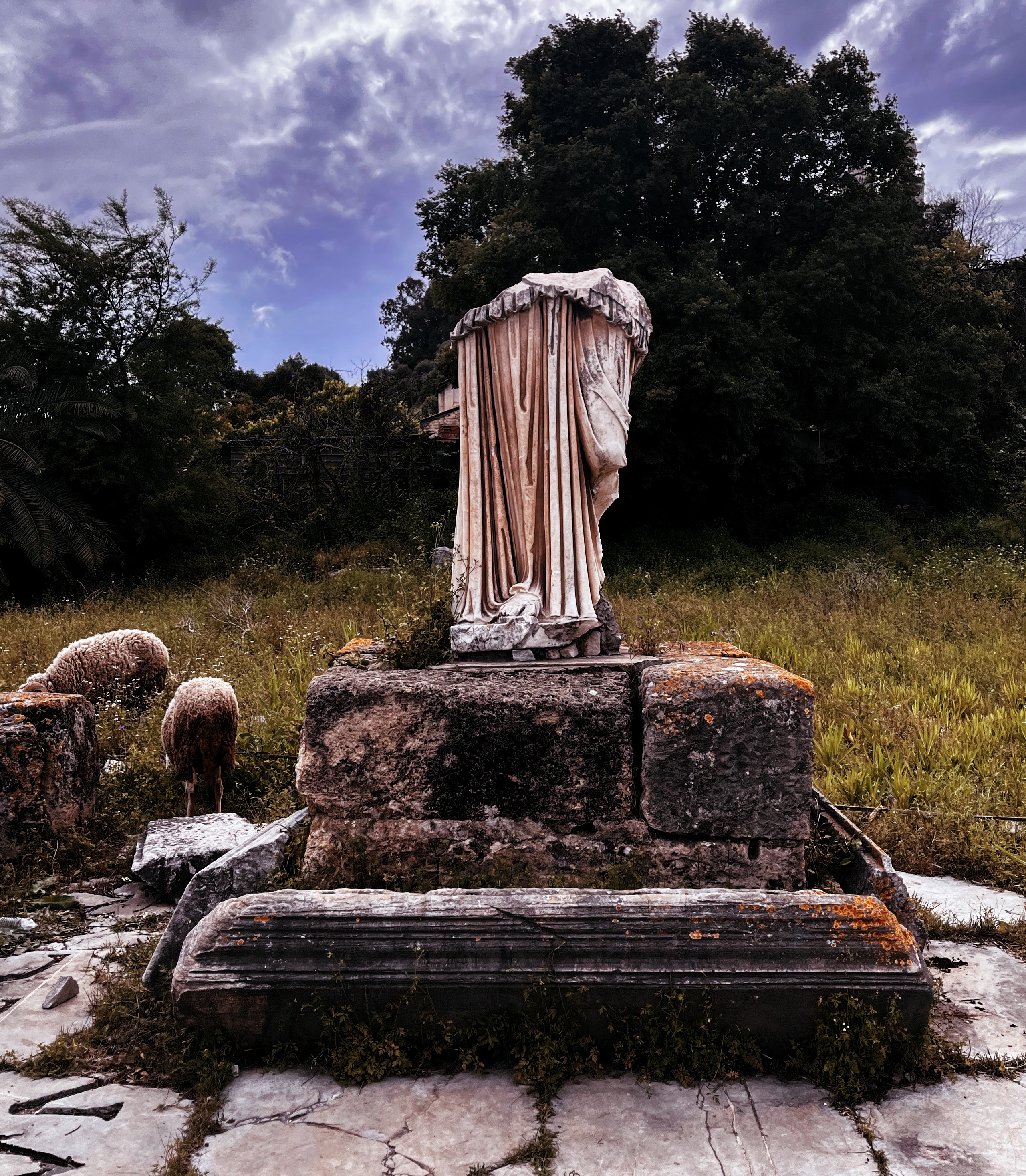Algeria
Overlooking central Algiers. May 2025.
I went to Algeria in early May this year, originally intending to travel with a friend but ending up alone due to some bumbling bureaucratic circumstances. Algeria is big. It’s the largest Arab country, and you feel it when you hop between cities on ATR 72s.
People call it closed. Securing my visa in New York was straightforward but required multiple visits to the consulate before finally being granted.
Landing in Algiers felt strangely like a homecoming, despite every taxi driver enthusiastically explaining what the Arab world is like, as if it were my first visit. Still, it had the familiar charm of other vibrant Arab cities. No shisha culture, which threw me off for a bit.
Various Algiers street art.
I mostly navigated by Google Maps, but be warned: most of Google Maps is out of date. You'll end up walking into places that have largely been changed since they were last updated.
Closer to the dock is the more historical areas, including the Casbah. The buildings are built like colonial era French buildings along the coast, with an impressive amount of old buildings closer up north, near Oued Koriche. Further inland, towards the Hydra neighborhood, the buildings get quite a bit fancier, and it's clear there's more wealthy residents there.
Algiers immediately felt welcoming. It’s the most functional Arab city I've encountered—people visibly employed, a functioning (albeit compact) metro system, and surprisingly clean streets. It's more expansive than initial impressions suggest, dotted with beautiful mosques, intriguing street art, and detailed mosaics. Algerians clearly cherish their books, evident in bustling bookshops and roadside stalls packed with literature in both French and Arabic.
A bookstore named مكتبة العالم الثالث1 is in central Algiers, which stocked a healthy portion of French and Arabic books. While books about the Algerian Civil War seem censored, there were plenty of books strewn about on the French colonial era.
Speaking of the French, it's also clear Algerians expect foreigners to speak French. Every interaction began in French and continued in French despite my consistent replies in Arabic. Amusingly, when asking for prices, Algerians invariably stated numbers in French, even mid-conversation in Arabic, prices were always in French, even in the middle of an Arabic sentence.
The city quiets early; by 10 or 11 pm, lively streets empty as everyone retreats home. Bars exist but feel discreet: locked doors, shaded windows, steep prices. I tried Beaufort beer, which was very acceptable. Unlike Iraq, restaurants here don't enforce male/family segregation, and power outages are notably absent. Amusingly, at one bar I saw a Hijabi woman pound a pint of Beaufort, which was quite amusing.
I stayed in an apartment near Alger Centre, next to La Grande Poste. In retrospect, this actually kind of limited my mobility, walking around was nice, but there wasn't too much to do in the evenings. If I go back, I'd stay further south, near Mohamed Belouizad.
Being near Alger Centre meant lots of working class restaurants and shared tables with strangers for meals. Tons of shakshuka, bread, and fish-based dishes. Everything was easily walkable, with a very noticeable police presence.
Having previously read Alistair Horne's "A Savage War of Peace," it became vividly clear how Frantz Fanon had his revelations here. French influence is everywhere, alongside Amazigh in Tifinagh on signs2. Museums keep the Roman mosaics in shape; newer mosaics spill into public space. On one of my walks, I spotted the SNTF3 building with a nice mosaic outside.
The Martyrs' Memorial emphasizes French colonial atrocities, clearly delineating history at the point of independence in 1962. Traces of the post-independence civil war have largely disappeared, leaving the city remarkably undisturbed and functional.
Constantine cliffs.
Constantine, compact yet spectacular, offered dramatic vistas with bridges arching across deep cliffs and valleys. An Algerian teacher I met there praised the extensive government subsidies, making life affordable and comfortable. Known as the City of Bridges, Constantine lives up to its nickname with numerous picturesque crossings linking neighborhoods across sheer cliffs. The drive to Timgad was plains into mountains. Parts looked like Iraq.
Unfortunately, Constantine is still relatively small. There's basically one place to smoke shisha and watch football. Lots of fancy pastry shops around, but somehow only one shisha spot I could find. The food in Constantine was quite good as well, different from the food in the capital, with more spices and more Tunisian influences.
On the other hand, Constantine has some wonderful museums, such as the Palace of Ahmed Bey. Ahmed Bey is renowned locally, as he's the last chieftain who led some large local resistance against the French. The palace is remarkably well preserved and freely lets tourists roam around.
Timgad Eastern gate.
Timgad was a surprise: Roman ruins spread out and intact, mosaics everywhere. Timgad is an old Roman city, Batna is the actual populated city near it. The ruins themselves are spectacularly preserved in the desert, something about the desert winds makes it a beauty to behold. I sat around and chatted with a few locals, who all told me some variation of this being a tourist hotspot. Looking around, I didn't see that many tourists besides me.
I talked to a few people I met in Constantine about Timgad, many of whom expressed that they had never actually visited, given it's mostly a tourist thing. I thought this was quite amusing, as there's something about living too close to a tourist site: you basically never go. Nevertheless, I saw some remarkable ruins and carved stones just lying about.
I originally had cut Timgad out of my travel plans, but one of my friends suggested it and I gave in. I'm glad I did, while I'm not particularly into antiquity or archaeology, the preservation of Timgad is a sight to behold. The mosaic museum in the Timgad ruins is also incredible, it's got these massive, imposing mosaics, hammering home the work the Romans did.
Timgad is about a 3 hour drive from Constantine. The way I based myself was I flew from Algiers to Constantine, and then stayed in Constantine for 3 days: one day to see Constantine, another day to drive to and back from Timgad, and then another day to drive up to Annaba. I had specifically wanted to see Annaba because of the reliquary of St. Augustine, whose arm bone is still there. Ever since I started doing work on religious pilgrimages, going to see the reliquary seemed like a duty.
Outside the basilica.
Annaba4 was quieter. Saint Augustine’s Basilica dominates the hill. Here, I unexpectedly met a thriving community of Christian students from Cameroon. The church keeper, who helps sweep the church, showed me around, lamented about how there are so few Christians left in Annaba, most of them having migrated to France.
The man himself.
Although the basilica grounds unfortunately showed signs of neglect, the relics within remained compelling, especially poignant as I visited on the day Pope Leo, notably an Augustinian himself, made an announcement that underscored my religious motivations for visiting Algeria.
Hippo Regius is another Roman ruin inside the city of Annaba. It's remarkably close to the city itself, if you stand on a hill you can see modern buildings overlooking the ruin site. The caretakers at Hippo Regius were very kind to me, walking me through the site. Funnily enough, the further into the ruins I got, I stumbled upon a herd of sheep, who seemed to be mildly offended I was intruding on their day.
Baaa!
I'd go back. Quiet nights, deep history, easy to settle in and write. Next time I'd like to spend more time in the south, visiting Djanet and Tindouf. I'd also like to spend more time, I regret a bit not studying Amazigh or some Berber language.
My favorite Roman mosaic of fish in Algiers.
- More Photos: Link
Footnotes:
"Third World Bookstore", which honestly is catnip for people like me, I sped into the bookstore the moment I saw the awning.
Interestingly, Amazigh script is absent in Annaba and Constantine.
Société Nationale des Transports Ferroviaires - the national train company.
Funnily enough, I realized that Annaba, or "عنابة", is actually the Iraqi word for clit when I first saw it written on a sign.











